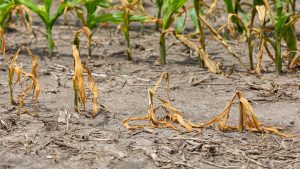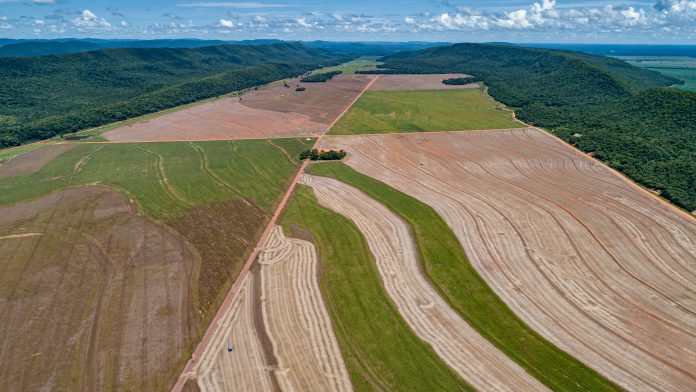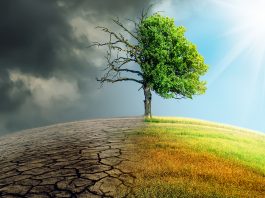Researchers from the University of California, San Diego School of Global Policy and Strategy have developed a new method for predicting the financial impacts climate change will have on food production.
The team used climate and agricultural data from Brazil to discover that climate change influences food production, leading to increased loan defaults for one of the nation’s largest public sector banks.
According to the study, climate-driven loan defaults could increase by up to 7% over the next three decades.
The paper’s projections revealed that although temperatures are rising globally, there is substantial variation in what that looks like from region to region. This highlights the importance of building distinct types of physical and financial resilience.
Dramatic seasonal swings and higher temperatures
The paper revealed that parts of Brazil are predicted to have more dramatic seasonal swings around 2050, with heavier rainfall in winter and drier summers.
Because of this, policymakers should consider the need for water storage by building dams and reservoirs and increasing groundwater storage capacity.
On the other hand, Brazil might have steady weather but will have higher overall temperatures. Therefore, heat-resistant crops will be needed.

Comparing climate data in Brazil
The researchers used a statistical method that correlated historical climate data from Brazil with metrics such as crop productivity, farm revenue, and agricultural loan performance.
By integrating this information with climate simulations, they forecasted future weather patterns and assessed their implications on agriculture and financial institutions.
“A difficulty in studying climate impacts on agriculture is that there are all sorts of adaptations happening all the time that aren’t easily observed, but are really important for understanding vulnerability and how risk is changing,” said co-author Jennifer Burney, professor of environmental science at UC San Diego’s School of Global Policy and Strategy and Scripps Institution of Oceanography.
“We were able to distinguish signals from different types of climate impacts and which ones led to this larger financial risk.”
Building global resilience against climate change
A key aim of the team is to support food production under climate change. This requires an understanding of when small climate shifts might have outsized impacts, affecting other sectors through trade and banking.
Understanding the risk posed by climate change is helpful for policymakers as climate change has increasingly become a national security threat.
To that end, the statistical approach developed in the study could be applied worldwide.
“The technique we developed will help populations identify where they are most vulnerable, how climate change will hurt them the most economically and what institutions they should focus on to build resilience,” said study co-author Craig McIntosh, professor of economics at the School of Global Policy and Strategy.
Development of the loss and damage fund established by the UN
The work could help with the development of the loss and damage fund established in 2022. The fund is designed to help compensate developing nations that have contributed the least to the climate crisis but have faced the brunt of the effects of climate change.
“Our technique could help countries think about where the resilience returns would be highest for the money spent,” concluded Krislert Samphantharak, professor of economics at the School of Global Policy and Strategy.
“This technique also helps to identify where international reinsurance might be needed.”









